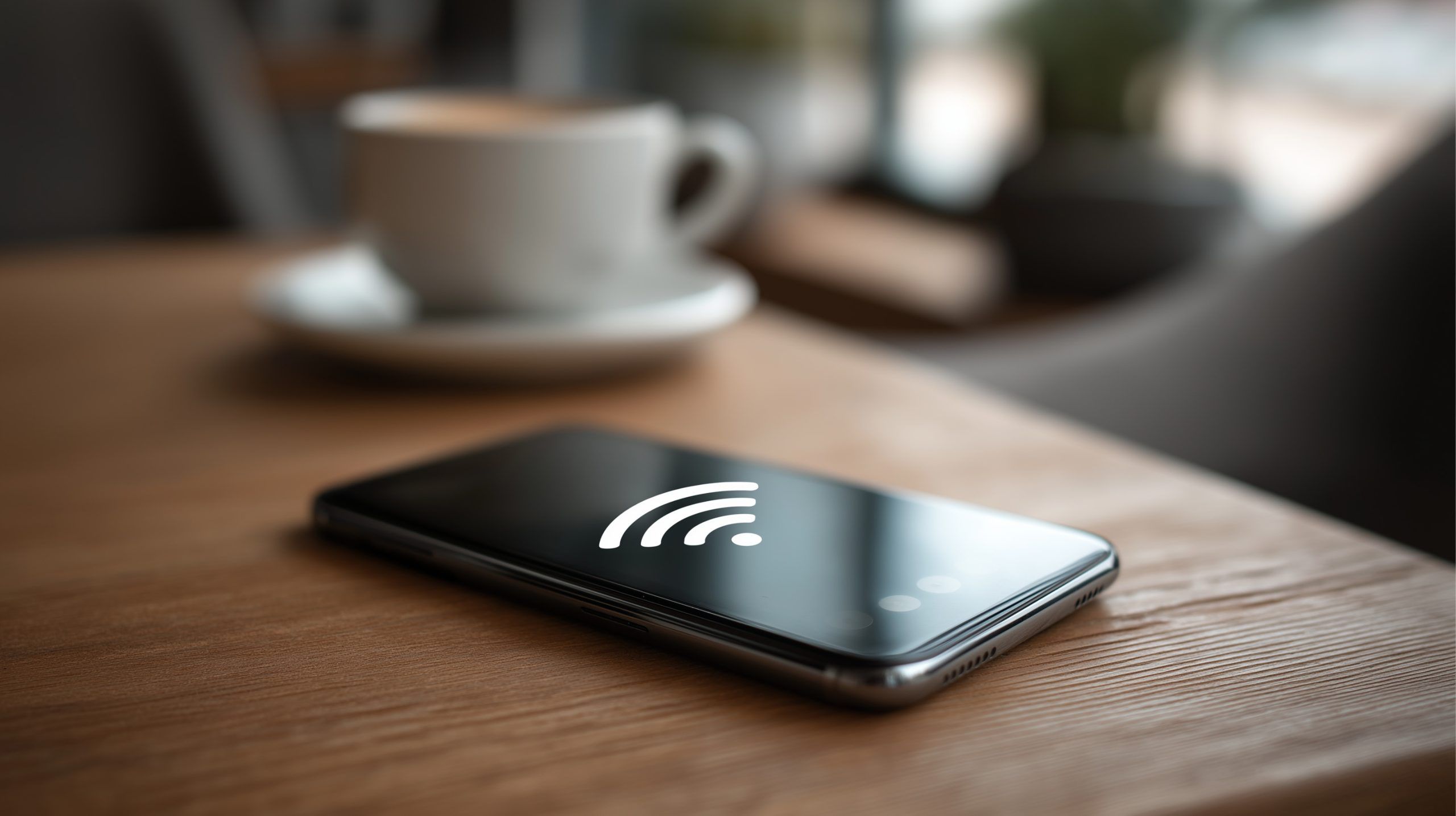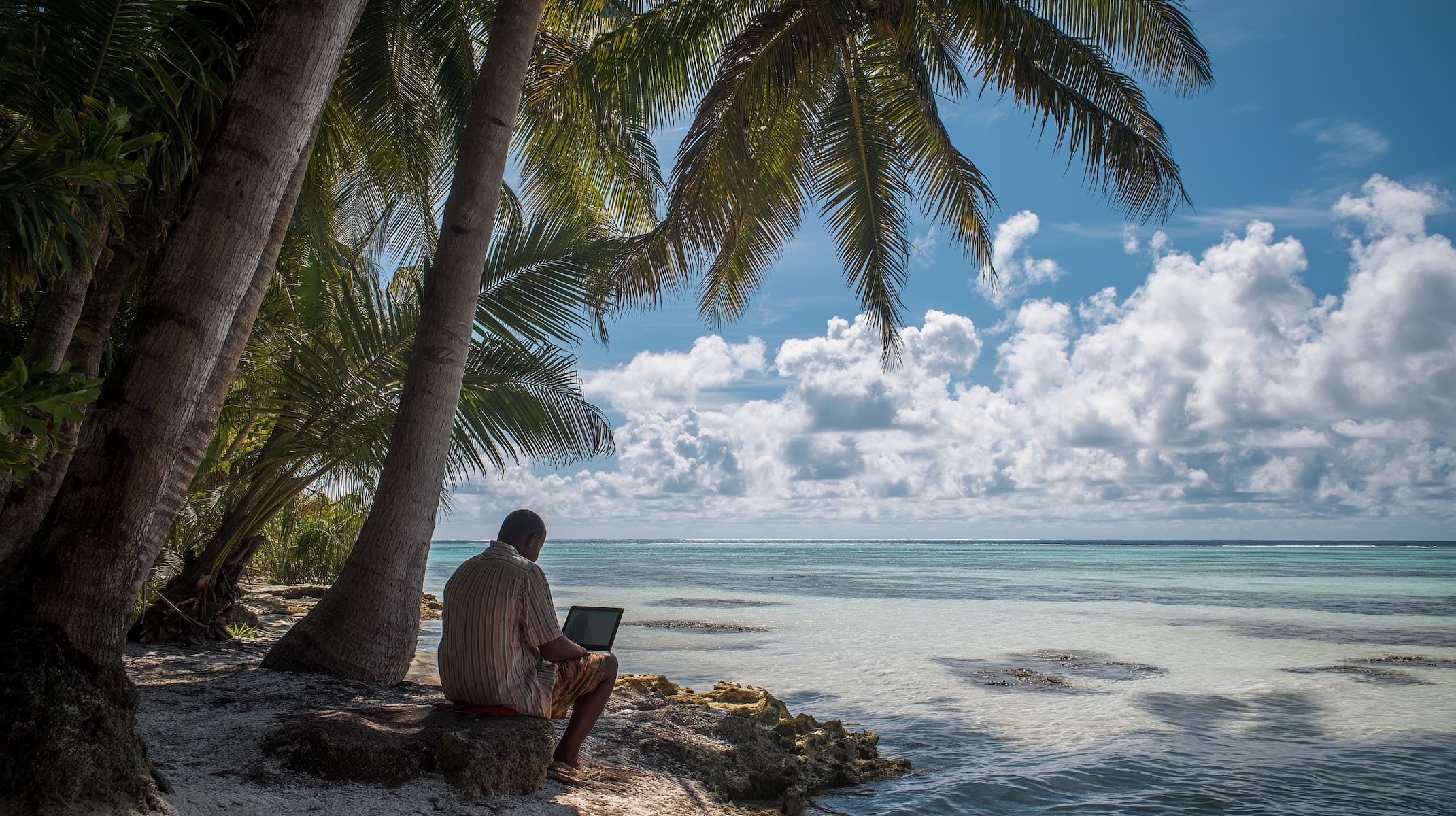
Blackouts, Crackdowns & Broadband Booms: Internet Access News Roundup (Sept 3–4, 2025)
Infrastructure and Satellite Expansions Over the past 48 hours, major investments in physical internet infrastructure were unveiled worldwide. SpaceX capped a busy summer of launches with yet another batch of 24 Starlink broadband satellites lifted into orbit on August 29 ts2.tech.










